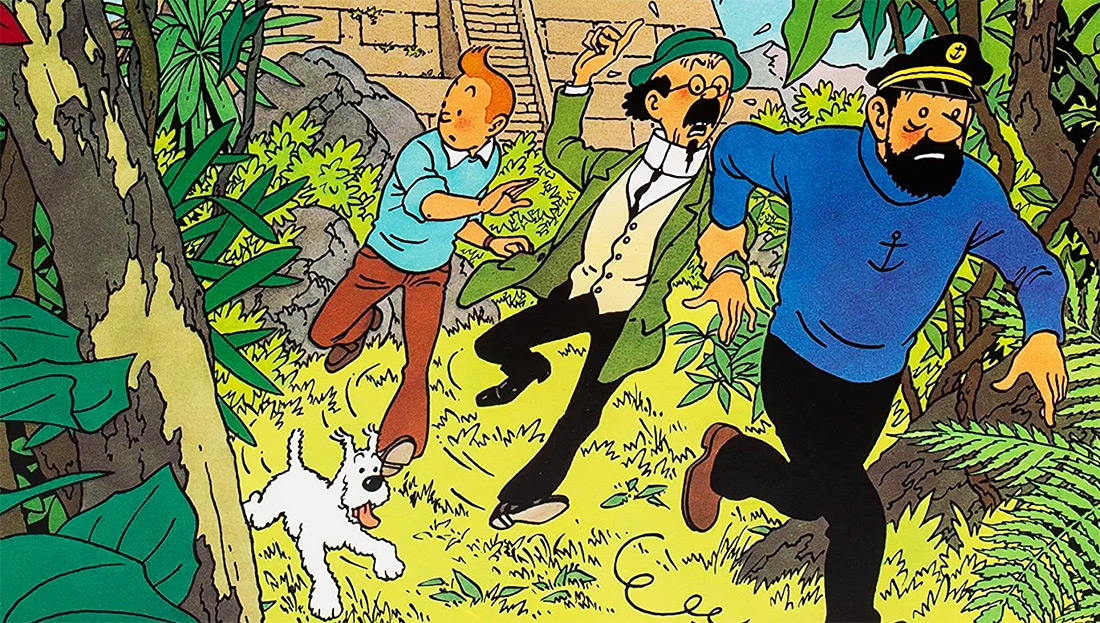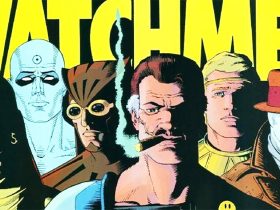“The Adventures of Tintin,” created by Belgian cartoonist Hergé (Georges Remi), is one of the most iconic and beloved comic series in the world. First introduced to readers in 1929, this globetrotting adventure series has continued to captivate audiences for generations with its intriguing plots, unforgettable characters, and meticulous attention to detail. In this article, we’ll dive into the world of “The Adventures of Tintin,” exploring its engaging plots and the iconic main characters that make this series an enduring classic.
The series has a rich history that spans nearly a century and has left an indelible mark on the world of comics and pop culture. Here’s a historical overview of “The Adventures of Tintin”:
1929 – The Birth of Tintin
The character Tintin made his debut on January 10, 1929, in the children’s supplement of the Belgian newspaper Le Vingtième Siècle. The inaugural adventure was titled “Tintin in the Land of the Soviets.”
Hergé, at the time a young artist and illustrator, created Tintin as a young reporter with a distinctive quiff hairstyle and an insatiable thirst for adventure and justice.
1930s – The Formative Years
Throughout the 1930s, Hergé continued to create Tintin adventures, each one sending the intrepid reporter to various exotic locales, uncovering mysteries, and encountering memorable characters.
Notable early adventures include “Tintin in the Congo,” “Tintin in America,” and “Cigars of the Pharaoh.”
1940s – A Pause and Return
World War II disrupted the publication of Tintin adventures, but Hergé resumed the series after the war, introducing some of the most iconic characters, including Captain Haddock and Professor Calculus.
“The Secret of the Unicorn” and “Red Rackham’s Treasure” were serialized during this period.
1950s – Worldwide Recognition
“The Adventures of Tintin” achieved international acclaim during the 1950s, with translations into numerous languages, making Tintin a global phenomenon.
“The Calculus Affair” and “The Red Sea Sharks” are among the notable adventures from this era.
1960s – Final Adventures
Hergé continued to create Tintin adventures, but health issues affected the pace of his work. “Flight 714 to Sydney” and “Tintin and the Picaros” were some of the last adventures created by Hergé in this decade.
1980 – The Final Adventure
Hergé passed away in 1983, leaving an unfinished Tintin adventure titled “Tintin and Alph-Art.” The incomplete manuscript was published posthumously in 1986.
The Plot
“The Adventures of Tintin” primarily follows the globetrotting escapades of its titular character, Tintin, a young and intrepid investigative journalist. Tintin’s adventures span the globe and frequently involve solving mysteries, uncovering conspiracies, and thwarting villains. While the series features a wide array of stories and locations, a few recurring themes and elements stand out:
- Mystery and Intrigue: Tintin often finds himself entangled in complex mysteries, whether it’s tracking down missing persons, solving thefts, or uncovering secret societies.
- Thrilling Action: The series is filled with thrilling action sequences, from car chases and gunfights to daring escapes and high-stakes pursuits.
- Historical and Cultural Exploration: Hergé’s meticulous research and attention to detail shine through as Tintin travels to various countries, offering readers a glimpse into different cultures and historical contexts.
- Humor and Wit: “The Adventures of Tintin” is known for its clever humor and witty dialogue, often provided by Tintin’s quirky and endearing companions.
The Main Characters
- Tintin: The eponymous hero of the series, Tintin is a young journalist with a keen intellect, unshakable moral compass, and a knack for getting into perilous situations. He’s known for his iconic quiff hairstyle and his dedication to justice and truth.
- Snowy (Milou in French): Tintin’s loyal and resourceful Fox Terrier dog, Snowy, accompanies him on all of his adventures. Snowy’s intelligence and loyalty often play a crucial role in helping Tintin navigate dangerous situations.
- Captain Haddock: Captain Archibald Haddock is a recurring character and one of Tintin’s closest friends. He’s known for his colorful vocabulary, his fondness for rum, and his transformation from a grumpy sea captain to a beloved, humorous companion.
- Professor Calculus: Professor Cuthbert Calculus is a brilliant scientist who often invents gadgets and plays a pivotal role in solving scientific and technical mysteries. He is somewhat absent-minded and deaf, which leads to comedic situations.
- Thomson and Thompson: These identical, bumbling detectives are often involved in Tintin’s adventures, frequently unintentionally causing chaos. Their identical appearances, unusual deductions, and humorous banter make them beloved comic relief characters.
Themes and Impact
“The Adventures of Tintin” is celebrated not only for its thrilling adventures and endearing characters but also for its exploration of universal themes such as friendship, courage, justice, and the pursuit of truth. Hergé’s meticulous artwork and storytelling have made Tintin a cultural icon, with the series being translated into numerous languages and adapted into animated series, films, and even stage productions.
Throughout its history, “The Adventures of Tintin” has appealed to readers of all ages, combining elements of mystery, adventure, and humor into an enduring classic. Hergé’s creation continues to inspire generations of readers to embark on their own adventures and uphold values of integrity and bravery in the face of adversity.










Leave a Reply